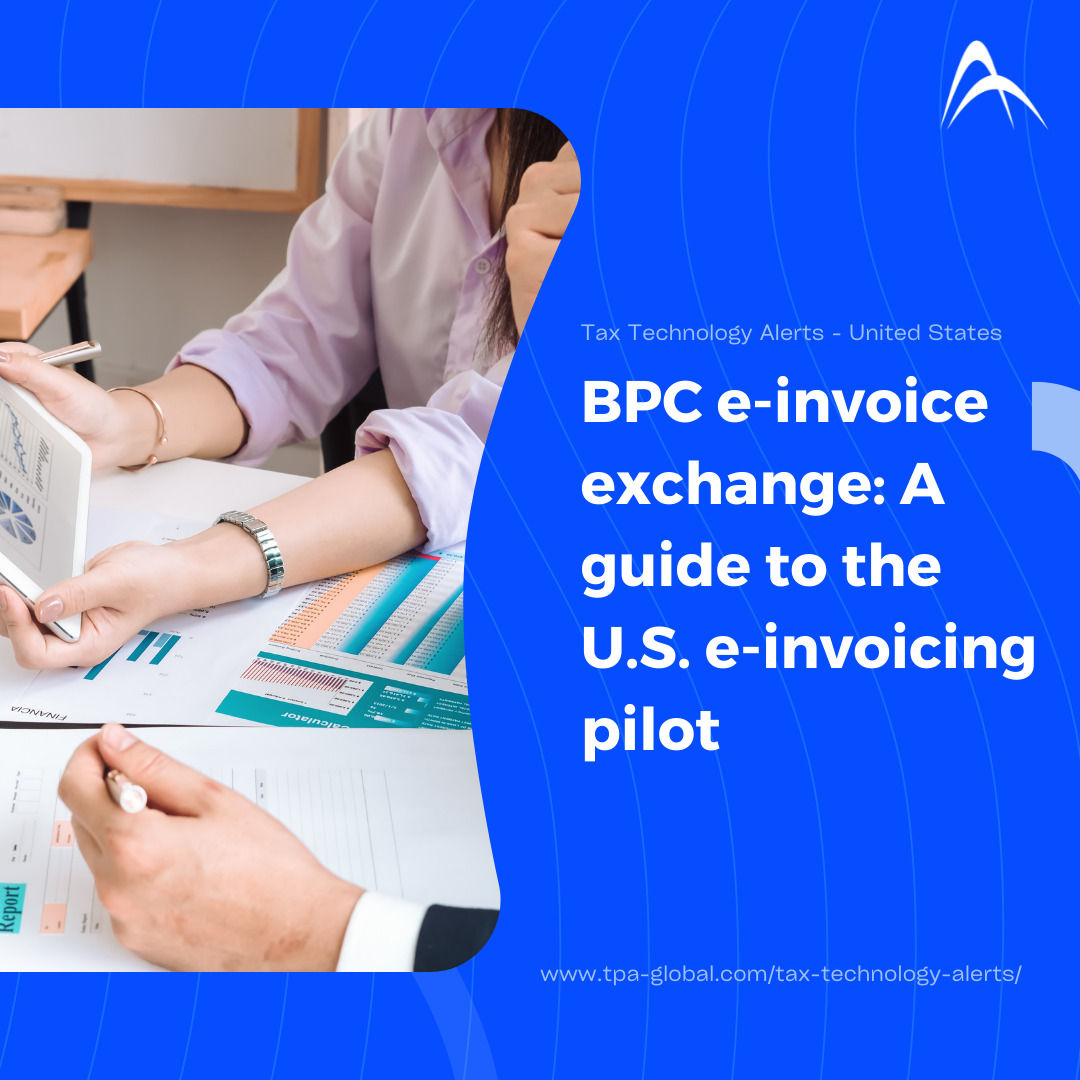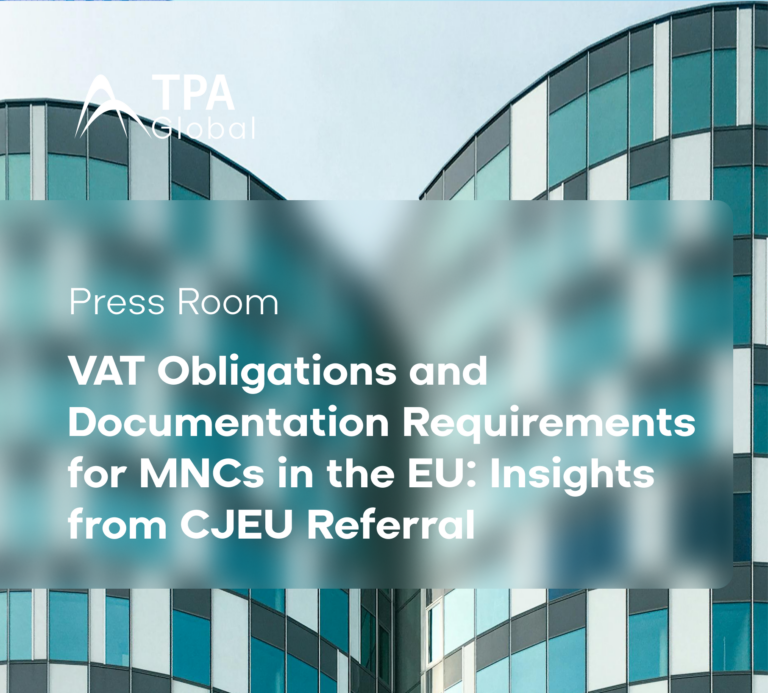Type: Trend
In the United States, the Business Payments Coalition (BPC) is launching an E-invoice Exchange Market Pilot. This operational pilot framework for electronic invoicing seeks to enable firms of all sizes in the United States to exchange e-invoices, fostering speedier B2B communication, sustainability, and increased business efficiency. As a trustworthy e-invoicing advisor, we’ll walk you through everything you need to know about the pilot and how it will benefit your business.
Companies in the United States are currently experiencing numerous process inefficiencies due to paper and PDF-based B2B documents. This comprises closed network infrastructure and systems that are unable to connect with one another, resulting in 85% more manual resources, expenditures, and time being spent than is required. According to the BPC, in the US market, 25% of invoices are sent electronically. However, only a small percentage of them may be deemed true e-invoices.
True e-invoicing adoption is still in its early stages in the United States. However, the larger companies have already begun to enjoy the benefits of this faster mode of communication, and it is beginning to gain traction as more businesses become aware of the numerous advantages of electronic invoicing. Not only can digitizing your invoice process result in cost savings, enhanced sustainability, and more effective business operations, but it will also allow your company to improve invoice data accuracy and cash flow.



